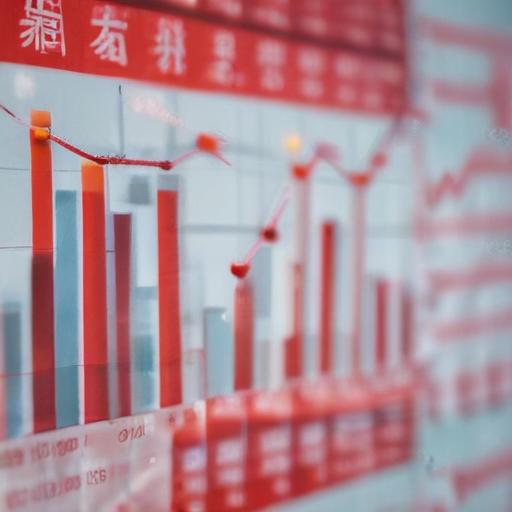China’s non-manufacturing Purchasing Managers’ Index (PMI) experienced a slight uptick, increasing to 50.5 in June from 50.3 in May. This positive movement reflects ongoing progress in infrastructure projects, with the construction sub-index rising to 52.8. However, the services sector saw a minor decline, dropping to 50.1.
On a concerning note, industrial activity faced challenges, with factory inventory and employment levels slipping to 48 and 47.9, respectively. The production sub-index, however, showed some resilience, rising to 51, and new orders experienced a marginal increase to 50.2, indicating a potential improvement in demand within the industrial sector.
Despite these fluctuations, the official manufacturing PMI dipped slightly to 49.7 in June, remaining under the critical 50-mark that separates growth from contraction. This figure aligns with analysts’ expectations highlighted in a recent Reuters poll. Unfortunately, China’s manufacturing activity has now contracted for the third consecutive month, a trend that continues despite government efforts to stimulate the economy.
Analysts suggest that while the economy might show signs of regained momentum, particularly in manufacturing and construction, caution is warranted. Zichun Huang, an economist at Capital Economics, points out that weak export growth and waning fiscal stimulus are likely to hinder activity in the latter half of the year. The new export orders component of the manufacturing PMI improved significantly, hinting at a possible rebound in demand from U.S. buyers following recent trade talks.
Premier Li Qiang has emphasized the government’s commitment to bolster domestic demand, aspiring to position China as a “consumption powerhouse.” Nevertheless, challenges remain; consumer prices have been in deflation for much of the year, with May reporting a 0.1% decrease compared to the same period last year. Additionally, wholesale prices have shown significant declines, marking the steepest drop since July 2023.
Experts like Tommy Xie of OCBC Bank stress that additional fiscal stimulus will be crucial for invigorating consumer demand, suggesting that various measures, such as increased vouchers and trade-in programs, may be implemented in the second half of the year.
In the realm of international trade, a recent agreement between China and the U.S. on trade framework details has been noted as a positive development, although the release of more specific information is anticipated. The ministry reiterated its stance against any deals that could undermine China’s interests. Furthermore, the private Caixin manufacturing survey is expected to show modest improvements, reflecting ongoing adjustments within the sector.
Overall, while challenges persist, there are reasons for cautious optimism regarding China’s industrial and economic recovery as authorities continue to react to evolving market dynamics.
